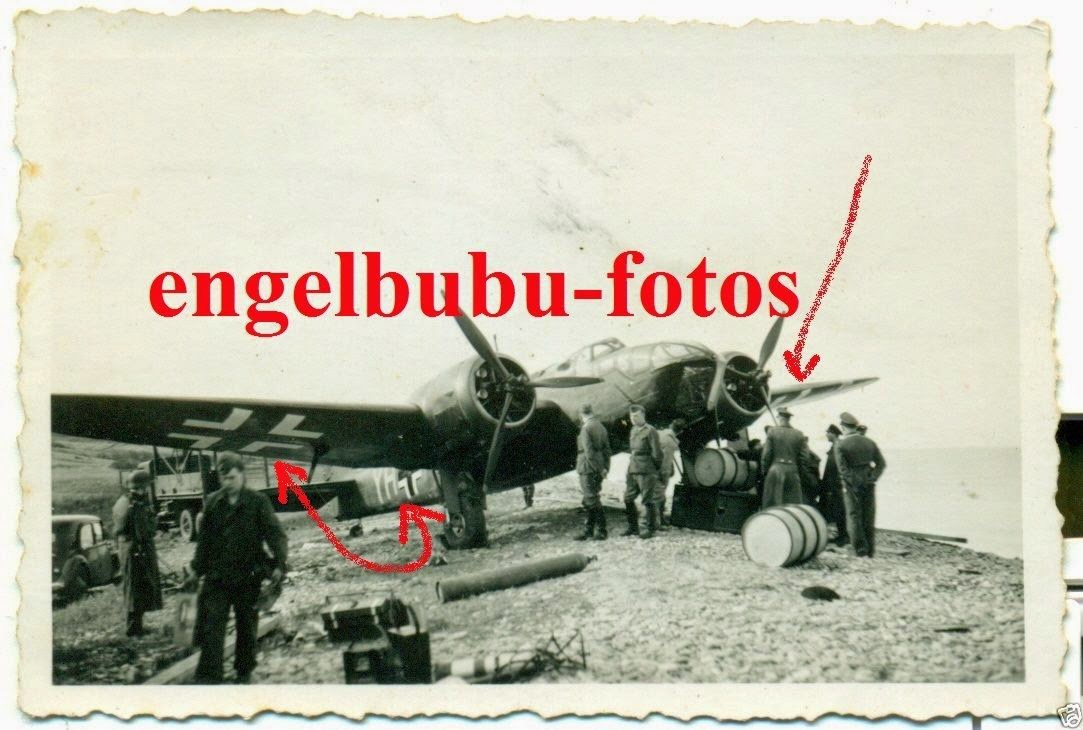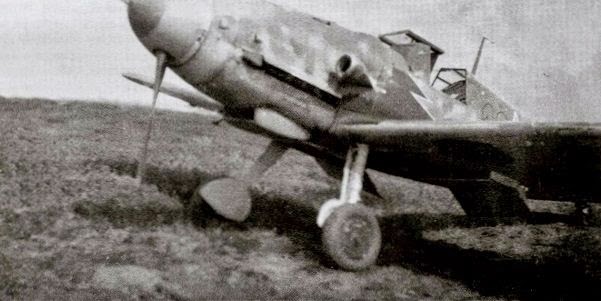The Norsk Luftfartsmuseum - Norwegian Aviation museum - in Bodø has recently put on display a newly restored Fw 190 A-3
14.(Jabo)/JG 5 was activated in Petsamo in mid February 1943 under the 27-year old Hptm. Friedrich-Wilhelm Strakeljahn, the former Staffelkäpitan of 12./JG 5. This new Jabostaffel extended the Luftwaffe's Eastern Front bomber force beyond the Polar circle to the tip of northern Norway - albeit with an initial strength of just eleven Fw 190 A-3s, modified to carry bombs in a Norwegian repair facility at Kjeller. The second-hand A-3s, formerly belonging to 11./JG 5, were supplemented by a couple of older, overhauled A-2 variants. The basic modifications consisted of adding the ETC 501 bomb rack under the fuselage and removing the outboard wing MG FF cannons. Such machines were unofficially designated Fw 190 A-2/U and A-3/U.
For such a small force the unit's achievements apparently earned a number of notable plaudits;
" ..the unit owed a lot to the great personality of its commander, “Straks” Strakeljahn. A characteristic figure in a white fur cap, permanent smile and neatly-trimmed beard, he was usually to be found among his pilots. “Hptm. Strakeljahn was like a father to us; the perfect officer” – one of his pilots recalled. Lenient and cheerful on the ground, in the air he was an aggressive and efficient fighter pilot. This would be proven during a three-day run of luck for 14.(Jabo)/JG 5 in early May. On 7 May German recce aircraft discovered a Soviet convoy sailing across the Motovskiy Bay. In late afternoon six FW 190s, escorted by four Bf 109s of 9./JG 5, took to the air. It soon became apparent that the convoy was defended from the air by about 20 Hurricanes and P-39 fighters. As the Messerschmitts engaged the escorts, the Focke Wulfs, each armed with SC 250 bomb, went for the vessels. Fw. Karl-Heinz Froschek sank a “M”-class submarine escorting the convoy, whereas “Straks” sent to the seabed a 2000-ton auxiliary with a direct hit. The following day Uffz. Walther Pohl sank another “M”-class submarine. On 9 May Hptm. Strakeljahn himself sank a 3000-ton freighter. Further attacks were not so successful; on 11 May Lt. Günther Busse, flying “black 7”, fell to anti-aircraft fire from the ships in the Pummanki Bay. Nonetheless, on the same day the commander of Luftflotte 5 Generaloberst Stumpff sent his personal congratulations to 14.(Jabo)/JG 5 - five days later, more compliments came, this time from… AH himself!..."
..quoted in Fw 190 Vol III (Kagero)























































